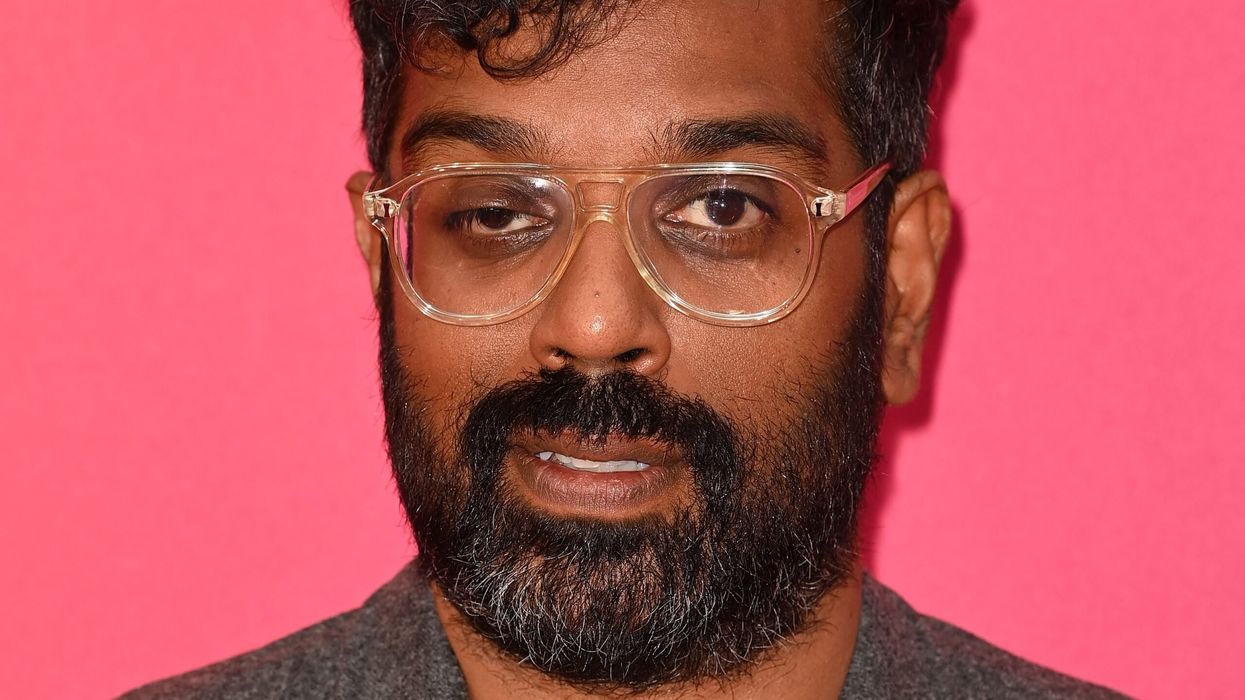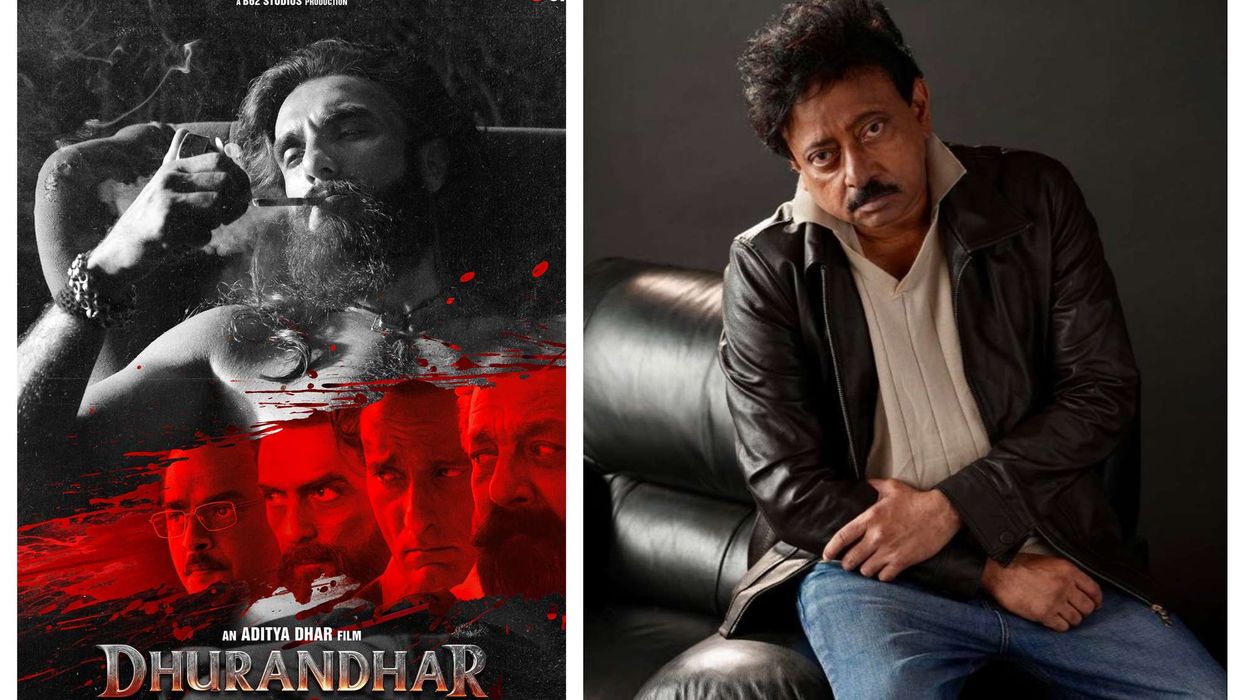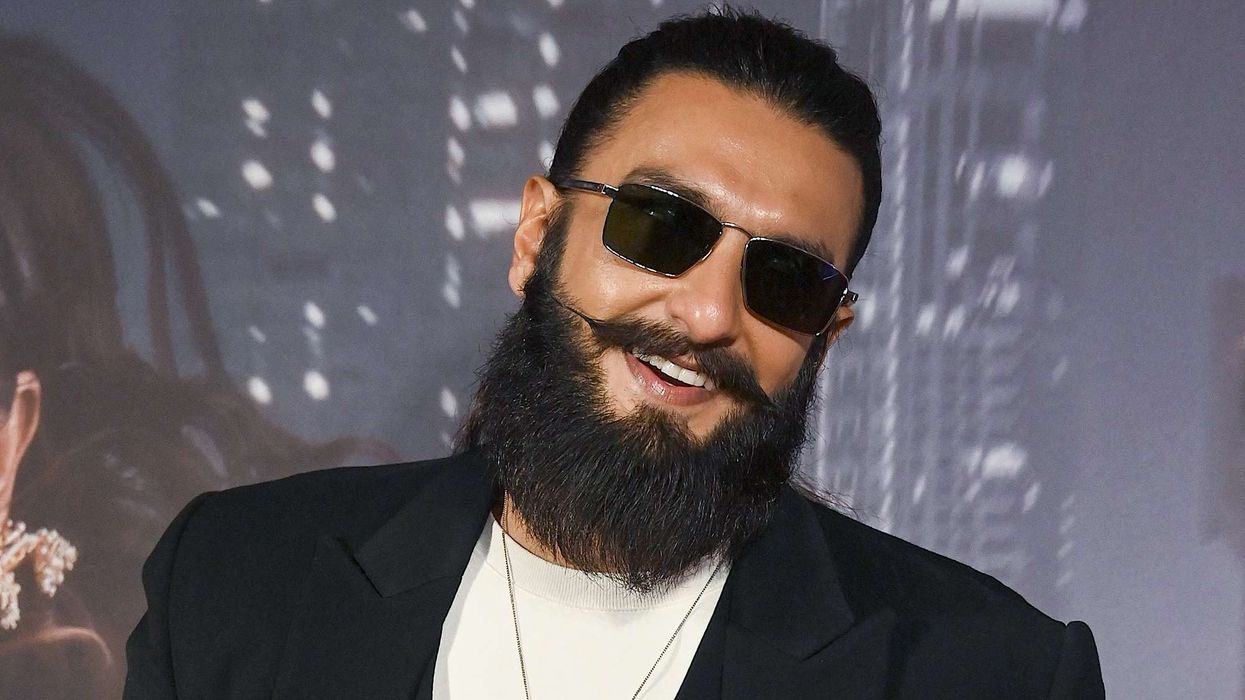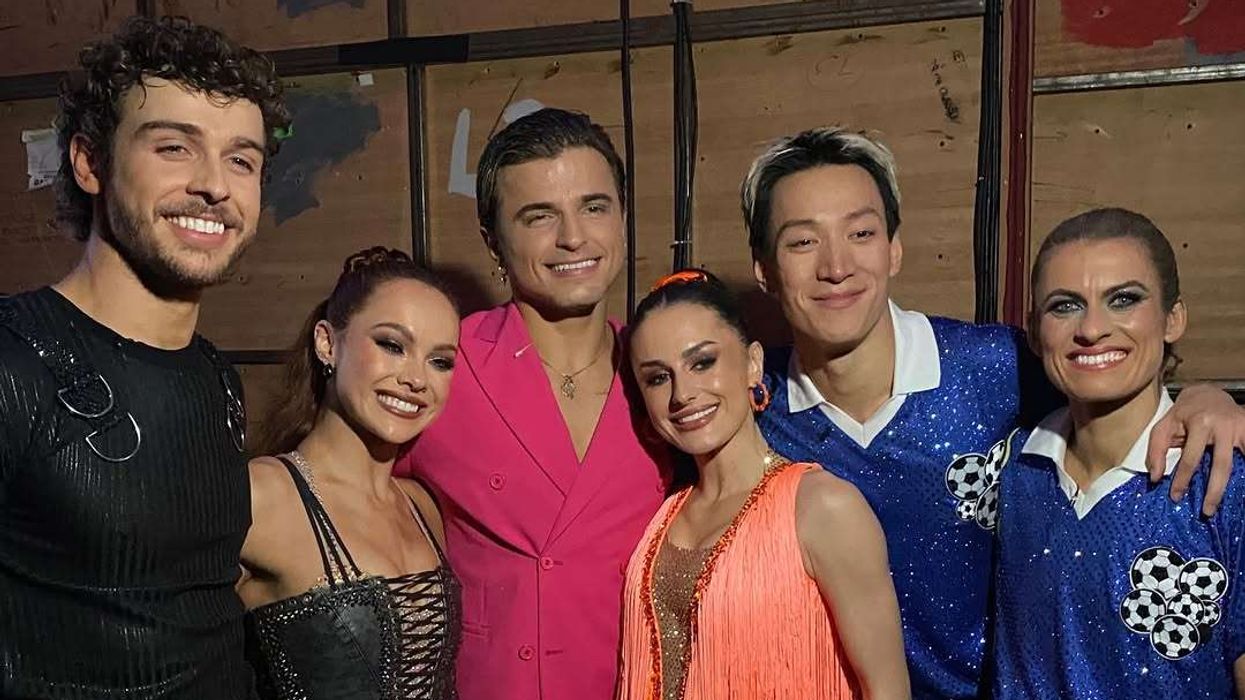Romesh Ranganathan, who is patron of the suicide prevention charity Campaign Against Living Miserably (Calm), said that he had times in his life when he was suicidal.
For those not in the know, the actor and comedian struggled badly after his father’s prison sentence, and when he did badly in his A-levels.
“I had times in my life when I was suicidal, and I came really close,” he told The Telegraph. “I thought about how I was going to do it.”
He also revealed how he ended up getting involved with Calm.
“The trigger for me was a guy I used to teach with, who went through a really tough time. We all rallied around him. I went for dinner with him (in 2019) and he was talking really positively about his future,” he said. “Two weeks later I heard he had taken his own life. Selfishly, you can’t help but think ‘What did I not do that I could have done?’ Then you start thinking ‘What could I do going forward?’”
Ranganathan is currently training for the TCS London Marathon, scheduled to take place on April 21. He will run as part of the Calm’s team which includes Natalie Clements, whose brother Aaron died by suicide, and Luke Remfry who had suicidal thoughts when he felt “lost” following the breakdown of a relationship.
The 46-year-old also opened up about his kids and the dangers of social media in their lives.
“People tell me I’m s— every day on social media. I’m immune to it, but (my children) are not. They see social media as all-encompassing, whereas I see it as a thing that I use,” he said. “If they have an issue at school, they don’t escape that when they come home. If you were having the p— taken out of you, home used to be a sanctuary. You’d get s— at school but your mum and dad wouldn’t know about it. You’d just have dinner and they’d ask why you’re not a doctor,” he jokes.
He further said, “My kids can’t escape it. We had to have an agreement that Leesa and I can look at everything on their phones. Saying to a kid ‘it doesn’t really matter, you’ll move on’ doesn’t mean anything. Their value is so tied up in how their mates perceive them. It is a hard thing to negotiate.”
Ranganathan said that his work also means his sons are exposed to some of the worst parts of the internet, in the form of the racist abuse he still endures.
“My kids know that I get racist stuff online. What you’re seeing is a version of road rage. People behave in a way they wouldn’t face to face.”
When asked if Britain still going the right way on race, he said, “Yes, I do. But it’s a tricky thing to handle because it has become publicly less acceptable to say those things, but it hasn’t become less acceptable to feel those things. And you can’t legislate for how somebody thinks.”













